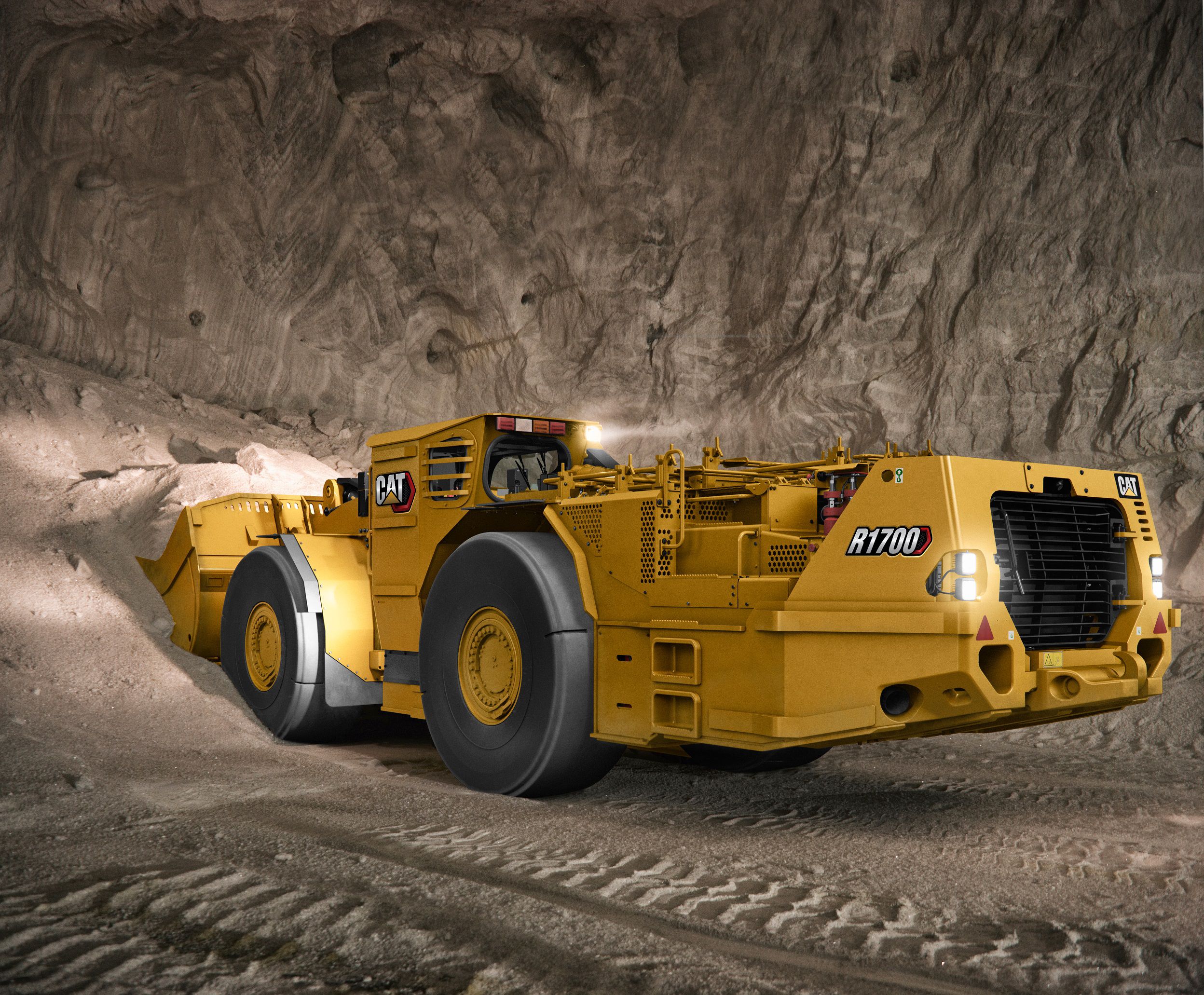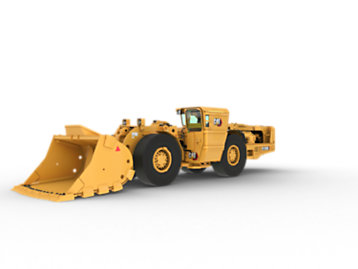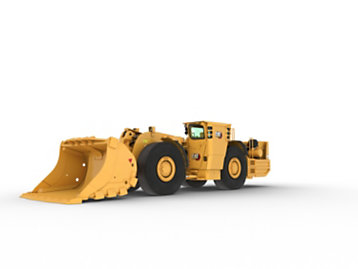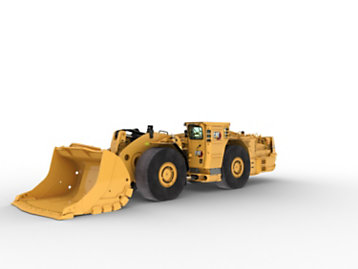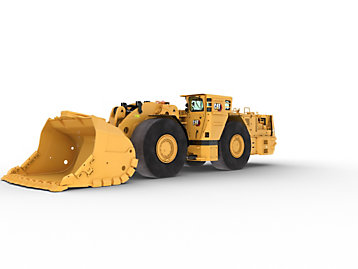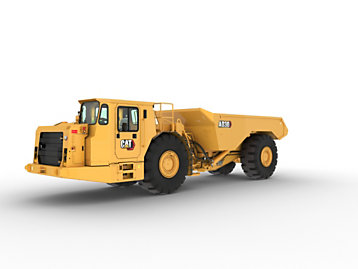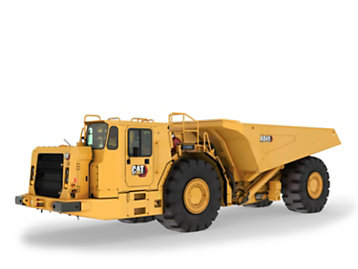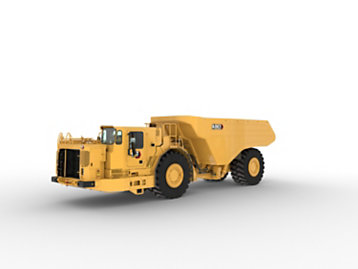Engine
| Engine Model | Cat® C13 Cat® C13 |
| Engine Power - Stage V Engine - ISO 14396:2002 | 345 hp 257 kW |
| Engine Power - Tier 3 Engine - ISO 14396:2002 | 361 hp 269 kW |
| Engine Power - VR Engine - ISO 14396:2002 | 361 hp 269 kW |
| Note (1) | Power ratings apply at a rated speed of 1,800 rpm for LRCs (VR and Tier 3/Stage IIIA) engines when tested under the reference conditions for the specified standard. Power ratings apply at a rated speed of 1,800 rpm for LRCs (VR and Tier 3/Stage IIIA) engines when tested under the reference conditions for the specified standard. |
| Note (2) | Power ratings apply at a rated speed of 2,050 rpm for HRC (Stage V) engine when tested under the reference conditions for the specified standard. Power ratings apply at a rated speed of 2,050 rpm for HRC (Stage V) engine when tested under the reference conditions for the specified standard. |
| Note (3) | All rating conditions are based on ISO/TR14396, inlet air standard conditions with a total barometric pressure of 100 kPa (29.5 in Hg), with a vapor pressure of 1 kPa (0.295 in Hg), and 25° C (77° F). Performance measured using fuel to EPA specifications in 40 CFR Part 1065 and EU specifications in Directive 97/68/EC with a density of 0.845-0.850 kg/L @ 15° C (59° F) and fuel inlet temperature 40° C (104° F). All rating conditions are based on ISO/TR14396, inlet air standard conditions with a total barometric pressure of 100 kPa (29.5 in Hg), with a vapor pressure of 1 kPa (0.295 in Hg), and 25° C (77° F). Performance measured using fuel to EPA specifications in 40 CFR Part 1065 and EU specifications in Directive 97/68/EC with a density of 0.845-0.850 kg/L @ 15° C (59° F) and fuel inlet temperature 40° C (104° F). |
| Note (4) | No engine derating required up to 2895 m (9,500 ft) altitude for Stage V engines, 3505 m (11,500 ft) altitude for Tier 3/Stage IIIA engines, and 3200 m (10,500 ft) for Tier 2/Stage II VR engines. No engine derating required up to 2895 m (9,500 ft) altitude for Stage V engines, 3505 m (11,500 ft) altitude for Tier 3/Stage IIIA engines, and 3200 m (10,500 ft) for Tier 2/Stage II VR engines. |
| Note (5) | Optional Ventilation Reduction package available. Optional Ventilation Reduction package available. |
| Note (6) | Optional engine with emissions equivalent to Tier 3 and Stage IIIA is also available. Optional engine with emissions equivalent to Tier 3 and Stage IIIA is also available. |
| Note (7) | Optional engine meeting the U.S. EPA Tier 4 Final and EU Stage V emission standards is also available. Optional engine meeting the U.S. EPA Tier 4 Final and EU Stage V emission standards is also available. |

